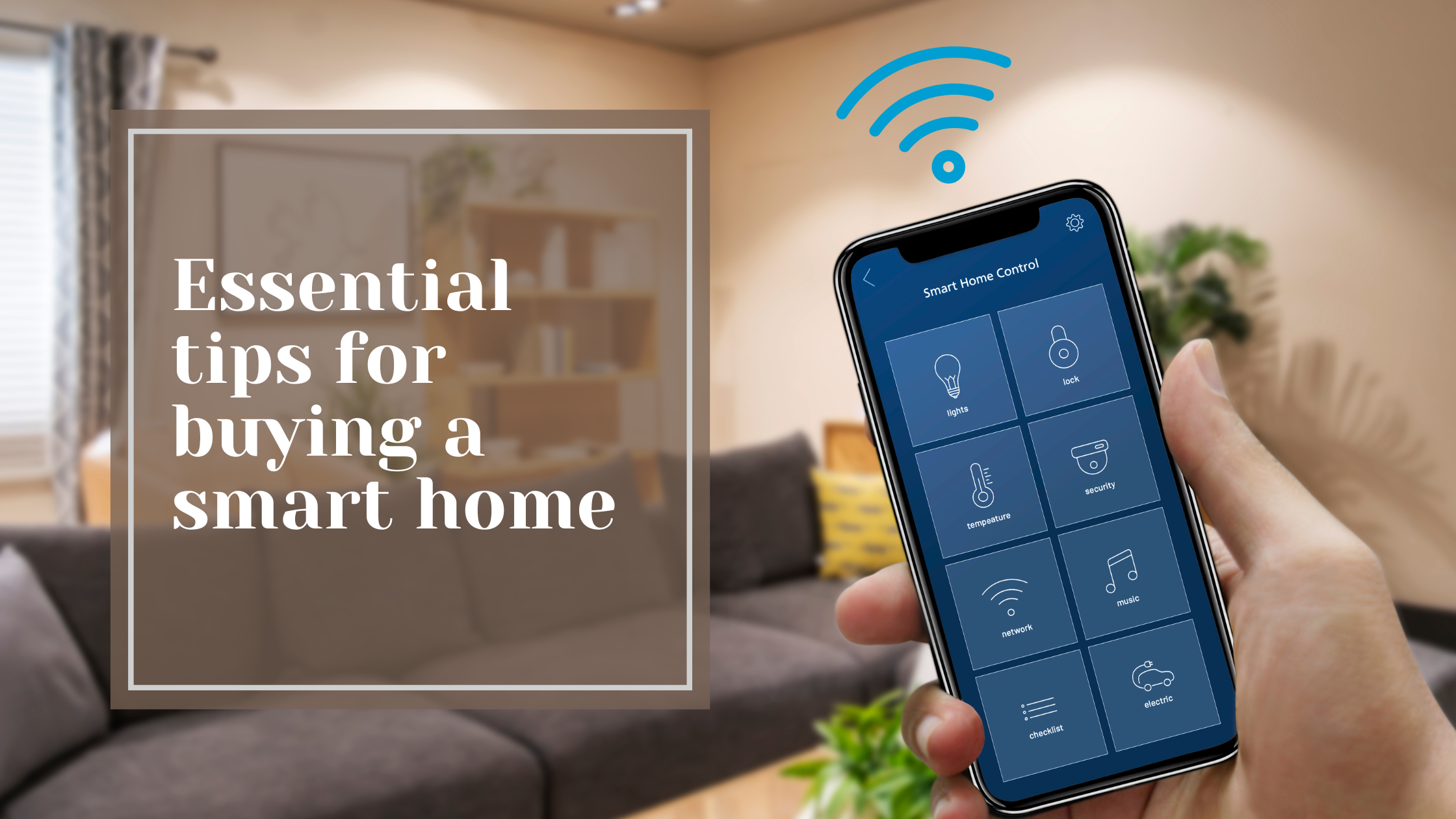There’s a reason kitchens are the beating heart of homes. They are one of the most social spaces where you spend the majority of your time; whether you’re cooking, cleaning, entertaining, or making countless cups of tea.
A kitchen is also considered one of the biggest selling points of a house, so it’s important to get the design right. A well-designed kitchen will be more enjoyable for you, your family and future buyers.
If you’re renovating your kitchen, here’s how to design a kitchen you love being in.
1. Create a Wishlist
The first step to designing your dream kitchen is to create a wish list. Write down all your wants and desires for your brand-new cooking space. Think about things like your ideal appliances, lighting, cupboard designs and colour schemes.
2. Set a Budget
Before you undertake any home renovation project, it’s always a good idea to set your budget. Now you know what’s on your wish list, it’s time to decide how much you’re willing to spend on your dream kitchen.
Think about things like how long you’ll get to enjoy your new kitchen and what the resale potential is. Consider whether it’ll be worth the investment in terms of added value to your property, taking into account how long it’ll be until you sell. If you’ll be moving in the next one or two years, you may decide to set a lower budget than if you’re staying another 10+ years.
3. Prioritise
It’s always good to have a wish list. But now you know your budget, it’s time to prioritise. Split up your wish list into two columns; a priority column and a ‘nice-to-have’ column. Then organise your dreams accordingly.
This practice will help you decide what you truly want and what you’re willing to sacrifice if it’s not within your budget.
4. Measure Up
To help you refine your priorities even further, it’s time to measure your space. When you know how much space you’re working with, you can start researching how big things in your kitchen need to be. For example, what’s the perfect island size? How big is the traditional range cooker you want to have?
If you find it easier, ask an expert to measure your space for you to let you know what is and isn’t possible.
5. Visualise
The next step in designing your dream kitchen is to visualise. Draw up your design ideas on paper or use an online tool to create a virtual plan. When you have a few designs you like, take it one step further and draw them to scale using masking tape in your garden or living room.
Consider things like:
How much space you’ll have to prepare and serve dinner
How many people can fit in the kitchen
Whether the worktop space is large enough for all of your appliances
By seeing your design to scale, you’ll have a better idea about whether the new design is right for you.
Selling Up?
If you’re renovating your home in preparation for a sale, we’d love to talk. Our friendly team are experts in valuing homes, we can offer advice on what renovations add the most value.
Call us today for a chat on +(44) 20 8947 9393 or email us at enquiries@coomberesidential.com.









